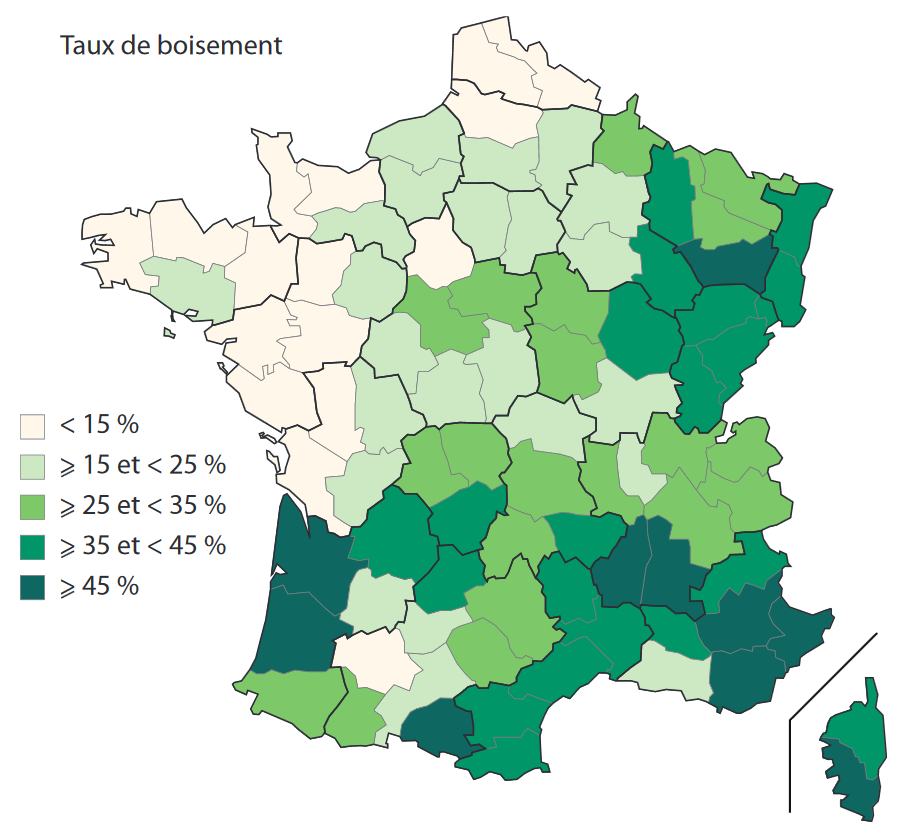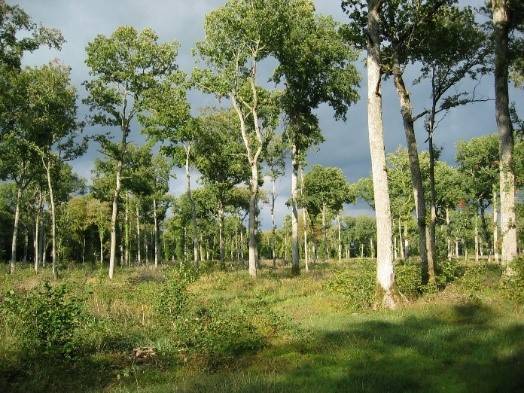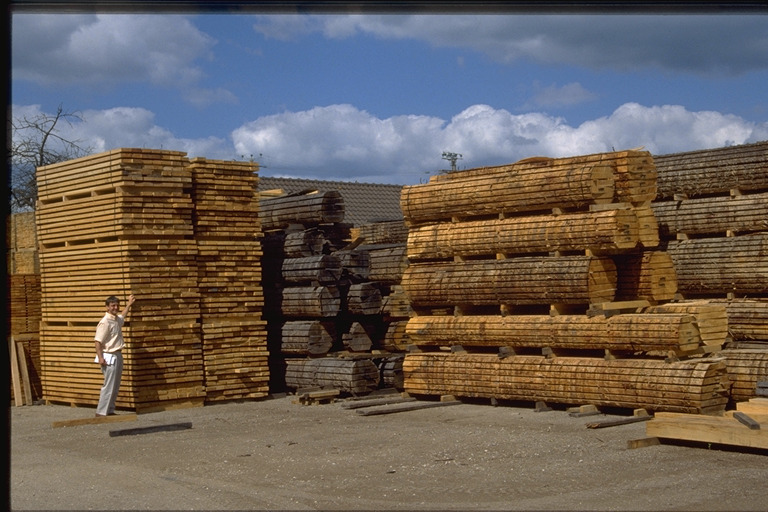Forests in France
The surface area of French forests has doubled since 1850 and now covers 30% of the country. France’s forest is very diversified.
Forests in France
The description below is an excerpt from the introduction of the National Forest and Wood Programme (Ministry of Agriculture – March 2016)
Forests are a natural environment which has been anthroprised for centuries in France, providing economic, environmental and social benefits. They are a major source of biodiversity, and have a protective effect on soil, water, air, and the climate. They are also the source of wood, a renewable raw material with multiple uses and a key resource of job creation and value added.
The area of land under forest has increased markedly since the early 19th century; forest cover doubled between 1830 and 2015. Forests now cover 16.7 million hectares* in metropolitan France (30% of the area) and 8.3 million hectares in French overseas territories (see image on the right).

Forests are a major part of our landscapes. In France, they are primarily located in the Mediterranean basin, the Landes forest, the East of the country, and mountainous regions. 98% of forest in overseas territory is found in Guiana. France is one of the only countries in Europe to have tropical forests.
Accounting for 10% of European forest cover, France has the fourth largest forest area in the EU behind Sweden, Finland and Spain. Taking stand volume into account, France ranks third with 2.5 billion m³ behind Germany (3.6 billion) and Sweden (2.9 billion).
*Source: IGN (Institut National de l’Information Géographique et Forestières)
Characteristics of France’s Forests
Forests in France have three important characteristics:
- They are diverse: they have varied ecosystems (humid, mountainous, tropical). They are predominantly composed of deciduous trees (two thirds of forest) although resinous trees can also be found in mountainous areas and poor soils. In overseas territories, mangrove woods can be found on the West Indian coastline, immense tropical forests in Guiana, and mountainous forests in the Reunion and on the volcanic hills of Martinique and Guadeloupe. This variety of forests offers an exceptional array of biodiversity.
- Three quarters of France’s forests belong to private owners. If we count over 3 million French owners, 2.2 million own at least a hectare, and about 380,000 own over 4 hectares. This totals to 76% of private forest area. 50,000 owners own more than 25 hectares, equal to 52% of private forest area, and are responsible for three quarters of private forest timber marketing. Public forests count for a quarter of French forests and play a specific role in services of general interest and public use. They produce almost 40% of timber harvest.
- They are undergoing capitalisation in younger populations which are not yet mature and are structurally under-exploited. Although marketed timber has been stable since the end of the 1980s, organic timber production has been increasing in the same period. On average, from 2005-2013 around 50% of organic production was for use in France (mortality of populations deducted).
Evolution of France’s Forests
By 2050, forests will be facing climate change, with higher temperatures and modified water regimes which will have significant consequences, in particular for localising tree species. Under current circumstances, forests are potentially vulnerable to the effects of drought, wind, and sanitary issues. There are still many uncertainties as to the impact of these factors at local level. Due to the length of forestry cycles, it is necessary to start adapting forestry to climate change as soon as possible.
Forest ecosystems play a major role in protecting soil and water (forest water contains 5 mg/l less nitrates) and preventing natural disasters. They also contribute to improving landscapes and enhancing the quality of life for local citizens. 19% of France’s forest area is comprised of Natura 2000 sites and contains 78 species of Community interest.

Production of goods and services
The French forest-timber sector generates approximately 440,000 jobs (directly and indirectly) in almost 60,000 primary processors (crushing, sawmilling), secondary processors (packaging, cooperage, carpentry, flooring, furniture, paper and cardboard), distribution and application (wood-frames, carpentry, fittings) and wood energy. The sector also contributes to the drive and development of regional territories. It counts for almost 60 billion euros of turnover in France, but is suffering from a chronic trade deficit of around 6 billion euros per year.
The forest-timber sector is a pillar of green growth in France. It offsets approximately 20% of French CO2 emissions thanks to carbon storage in forests (soil and above-ground biomass) and wood products, and the substitution of fossil energies and energy-intensive materials. This sector is at the heart of major issues that impact on the whole of society and plays an essential role in climate, ecology and energy transitions.





